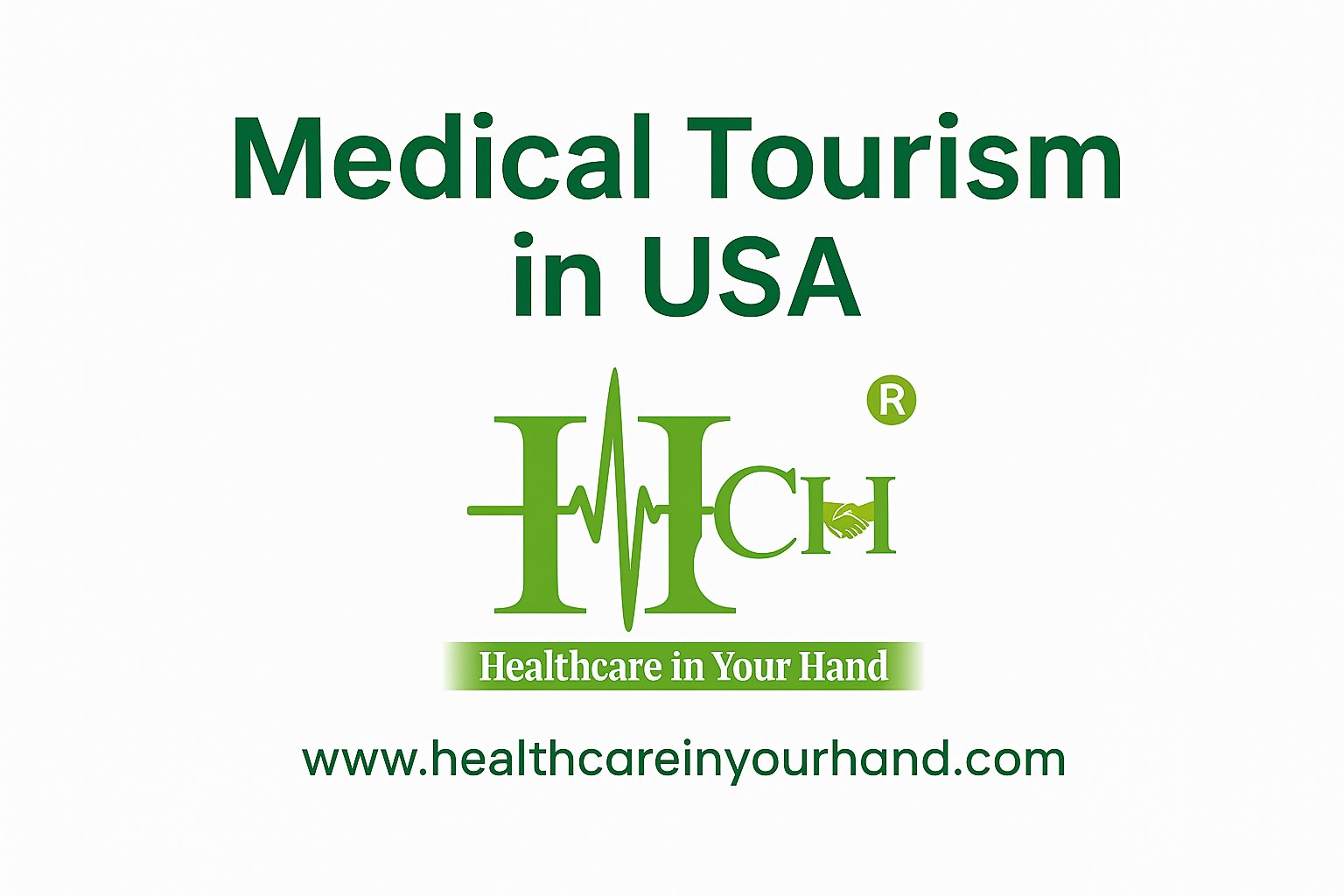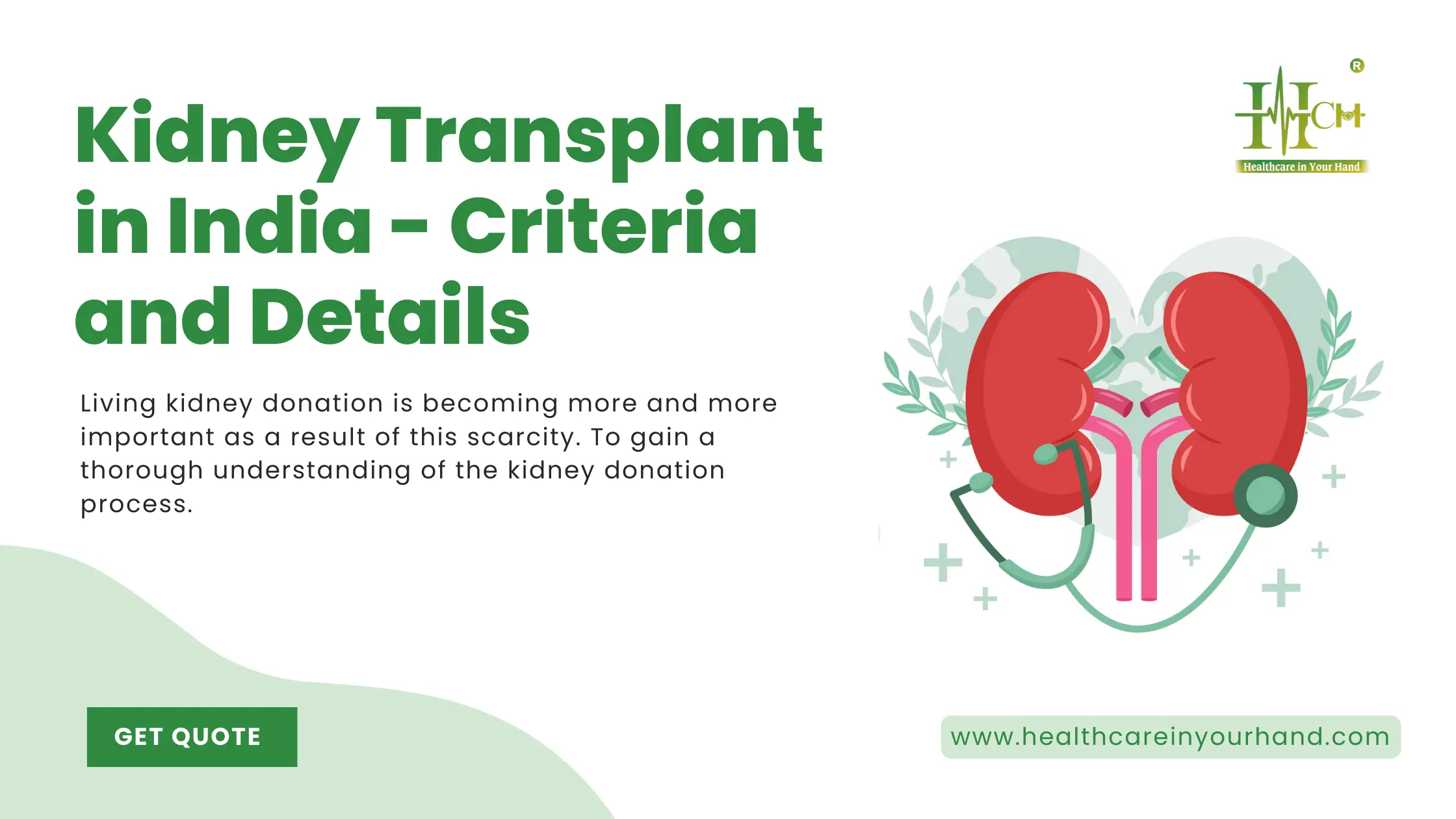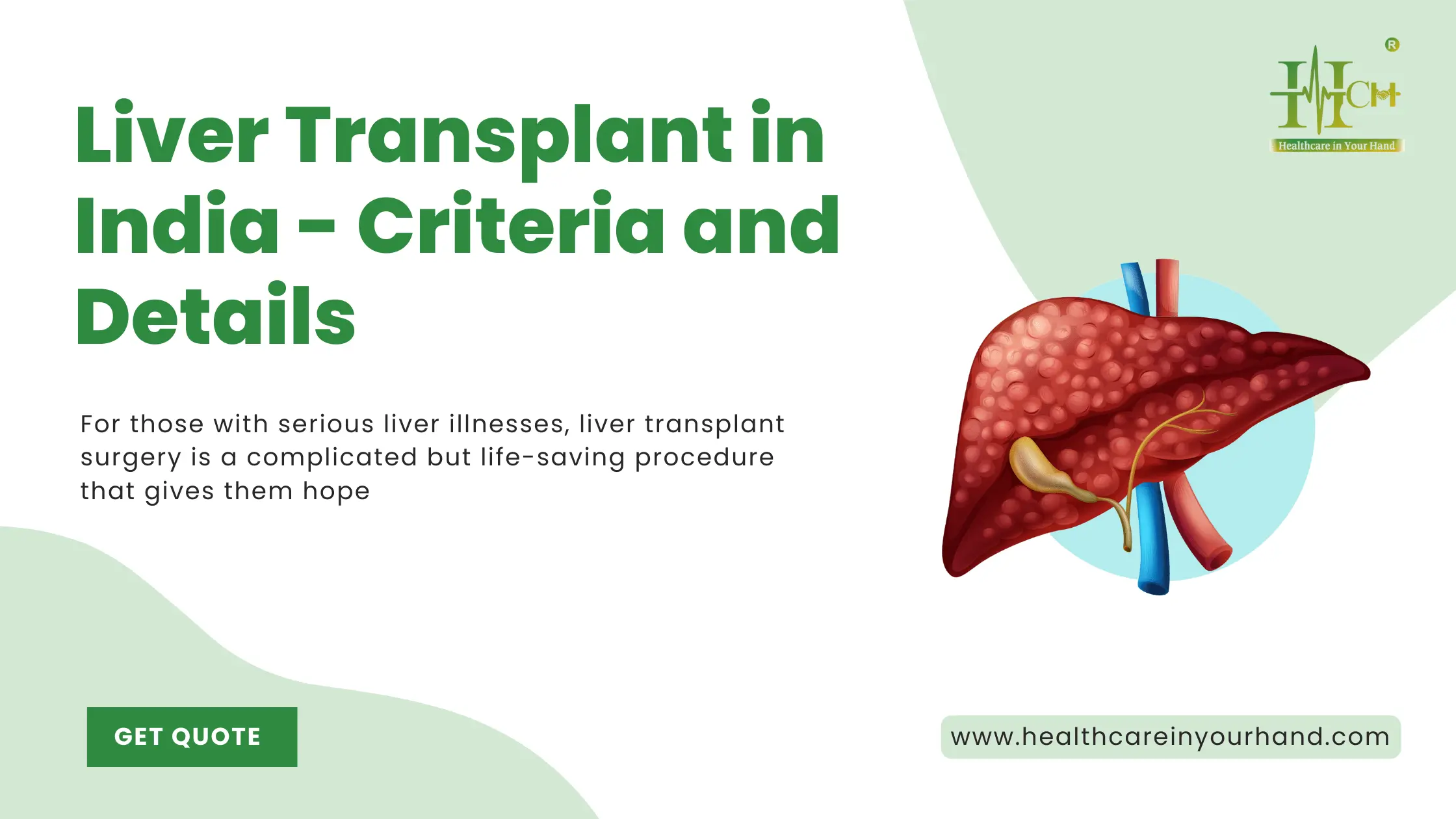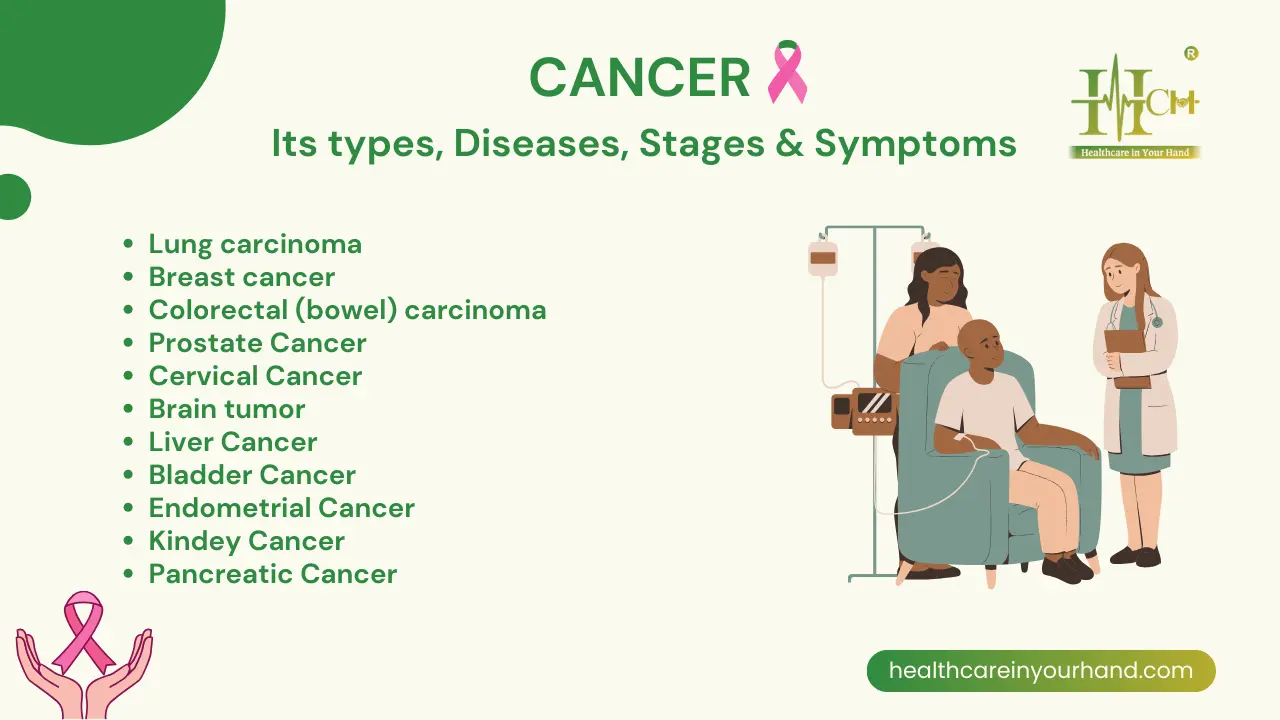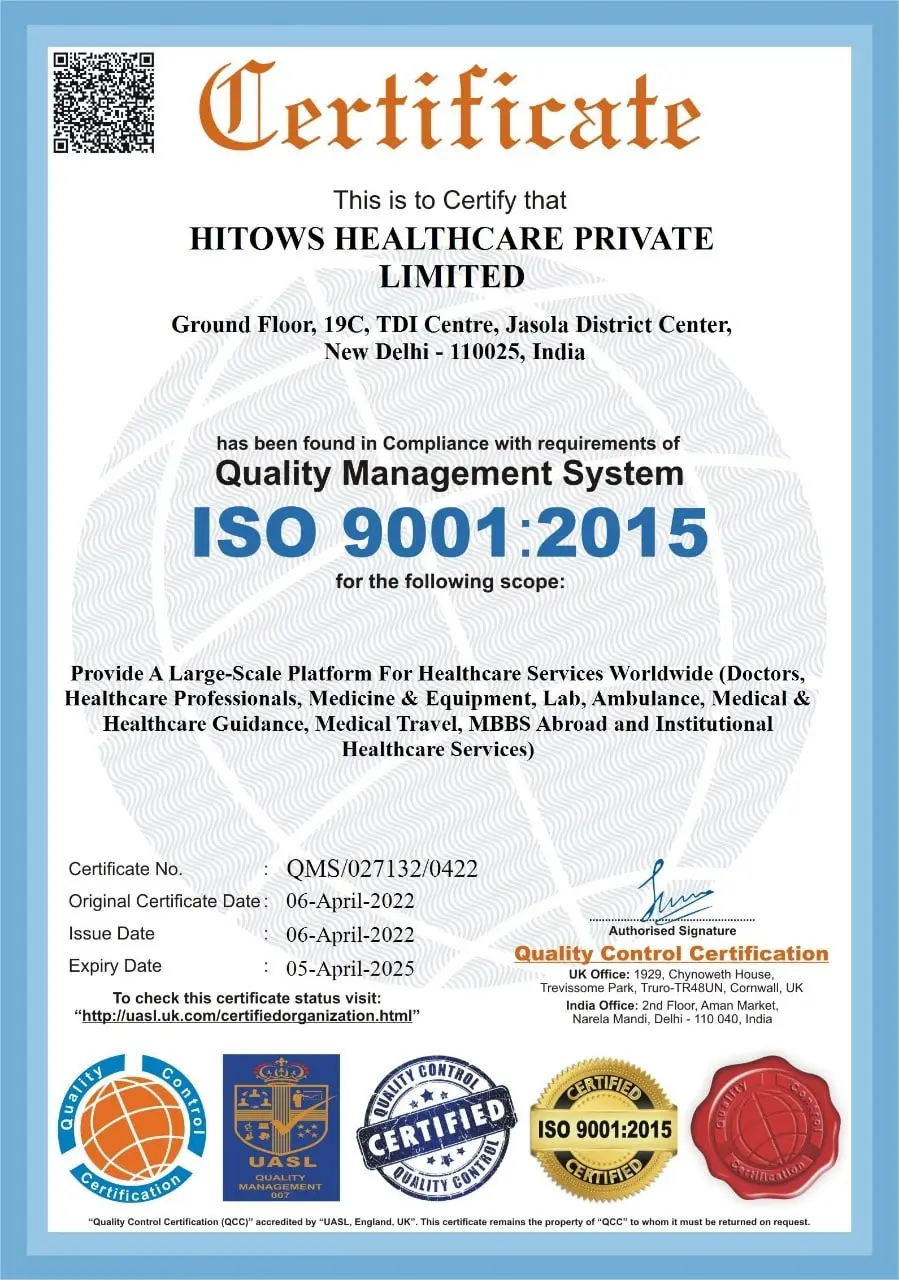Why Medical Tourism become popular
- 04 Apr, 2023
- 640
- Medical tourism
Globalization
has had a significant impact on medical tourism, enabling many people to access
the best and most affordable medical care. According to the report,
globalization reduces costs by 25% to 75% while improving health care by 75%.
As a result, the trend toward globalization enables patients to get
cutting-edge, low-cost care across international borders, fuelling the global
health tourism industry. Additionally, the prevalence of diseases among the
world's population is rising, and the availability of cutting-edge medical
technologies for the treatment of a variety of chronic health issues is
fuelling an increase in medical tourism around the world. The expansion of the
market is anticipated to be largely fuelled by the support and assistance
offered by the tourist departments and governments of the source and host
destinations. People travel for medical care because it is expensive or there
aren't enough options for them in their home country. People often choose medical
tourism in order to receive prompt medical care and economical medical therapy.
The expansion of medical tourism has been significantly accelerated by the
overseas expansion of the healthcare sector. Global medical tourism industry
growth has been fuelled by the simple cross-border flow of patients, healthcare
professionals, medical technologies, and finance. A significant contributor to
the surge in demand for medical tourism is the expanding knowledge of it and
the increasing affordability of cutting-edge medical procedures.
According to
studies, the worldwide medical tourism market is predicted to develop at a
compound annual growth rate (CAGR) of 11.59% from 2023 to 2032, reaching a size
of USD 115.6 billion in 2022 and USD 346.1 billion by that time. The industry
for medical tourism is being boosted by the government's increasing investments
in the construction of robust and cutting-edge healthcare facilities. In order
to perform specific surgeries that call for specialized knowledge, healthcare practitioners
engage in tourism activities. Favorable government regulations, growing
spending on improving air connectivity and other forms of transportation, and
government measures to promote medical tourism have all been shown to be
significant drivers of industry growth. Additionally, readily available
information on the costs, best locations for treatment, and ways to treat
different diseases play a significant part in raising awareness of medical
tourism.
Additionally,
the growing medical tourism is a result of the inadequate supply of specialist
medical professionals. The market is anticipated to grow as a result of
elements like lower treatment costs in developing nations, accessibility to
cutting-edge medical technology, increasing adherence to international quality
standards and service, and promotion of medical tourism. The majority of nations
have developed strategies to encourage digitalization in healthcare services,
creating a demand for the best and most effective care regardless of the region; as
a result, collaboration with foreign organizations improves, and as diagnostic
and surgical procedures advance, so does interest in medical tourism. As a
result, it is anticipated that the adoption of connectivity technologies,
digital platforms, and telemedicine will fuel market growth.
According to
the Medical Tourism Association, about 14 million people travel abroad each
year for medical care. The cost of treating many types of diseases is minimal
in some areas. These countries include Singapore, Dubai, India, and
Thailand. Due to travel limitations, supply chain disruptions, and other
factors, the COVID-19 pandemic has significantly impacted the medical tourism
industries during the past three years, particularly in prominent medical
tourism destinations like India, China, and other growing nations. Medical
tourism in India suffered during the first two years of the pandemic as a
result of travel restrictions.
According to
the World Tourism Organization, the COVID-19 epidemic caused a worldwide
decline in tourism of roughly 73% in 2020. Arrivals of tourists in the
Asia-Pacific area fell by 84% in 2020 compared to 2019. However, once international aircraft begin to
operate in March or April 2022 and foreign traffic returns to pre-COVID levels,
medical tourism is anticipated to rise in India after being all but eliminated
during the two years affected by the COVID-19 epidemic. Various governments are
taking the initiative to revive medical tourism in the nation in order to
combat the condition of negative growth brought on by Covid. Due to the nature
of the epidemic, they began developing the revitalization strategy both during
and after it. The trust and safety component was compromised, leaving the
implicated clients in a very vulnerable position. The hospital industry is
currently working to recover from its losses. India grew at a negative rate of
79.4% between 2010 and 2020, according to the Tourism Ministry. Although this
is the case, the situation today seems to be getting better as a result of the efforts
undertaken to deal with the pandemic scenario. Due to its policies and
regulations, India is now experiencing an increase in medical tourism following
the pandemic.
Before the
COVID-19 pandemic, according to data from the Indian Institute of Public
Administration (IIPA), 697,453 medical tourists (7% of all foreign visitors) traveled to India for medical treatment in 2019. By 2023, India will
hold 6% of the global market share for medical value tourism (MVT). In the
upcoming years, it is anticipated that their numbers would increase quickly.
Here are a few
statistics and data that show why medical travel will increase over the next
few years.
·
India's $6 billion medical tourism market is
currently expected to grow to $13 billion by 2026.
·
From 2020 to 2027, the medical industry is
projected to expand at a CAGR of 21.1%. Additionally, the organized tertiary
and quaternary sector's medical value travel might increase from 12 to 15
percent.
Beyond its
primary source nations in West Asia and Africa and its surrounding regions,
India also has the potential to draw patients from wealthy nations. This is
primarily due to the fact that the country enjoys the special distinction of
having access to all super-specialties, including organ transplantation, oncology,
joint transplant, heart surgeries, along with complex surgeries too in some
circumstances.
The Indian
government's MoHFW launched fresh initiatives to increase medical travel to the
nation in September 2022. For example, creating a feedback mechanism to gather
testimonials from medical tourists, providing special medical visas for
tourists coming to India for medical treatment from 165 countries, and the
"Heal in India" effort to promote India as a major destination for
medical tourism. Due to the preference for medical tourism among its emerging
nations, government initiatives, and the low cost of medical care in this
region, the Asia-Pacific region is anticipated to hold a significant market
share. India provides healthcare at a significant discount to countries in the
West and the Middle East.
In December
2021, IJIRA estimates that the cost of medical care and treatment in India was
over 50% less than it was in Europe. In addition, healthcare costs here are
reduced by 65% to 90% compared to those in America. These data highlight the
dominance of Asia-Pacific countries in global medical travel. The initiatives
implemented by the governments of the Asia-Pacific nations are also anticipated
to boost market expansion in the area. For instance, the Indian government
planned to introduce a specific category of AYUSH visas in April 2022 for travelers
who want to travel to India for traditional medicine or medical tourism.
To Conclude, According to recent research, "Affordability" (costly in the home country), "Accessibility" (long waiting period), "Better quality" (care and support services are better quality than the home country), and "Availability" (not available in home country) were the four most frequently cited reasons given by patients for traveling abroad for medical treatment.
you can also read about medical travel by clicking on this link


